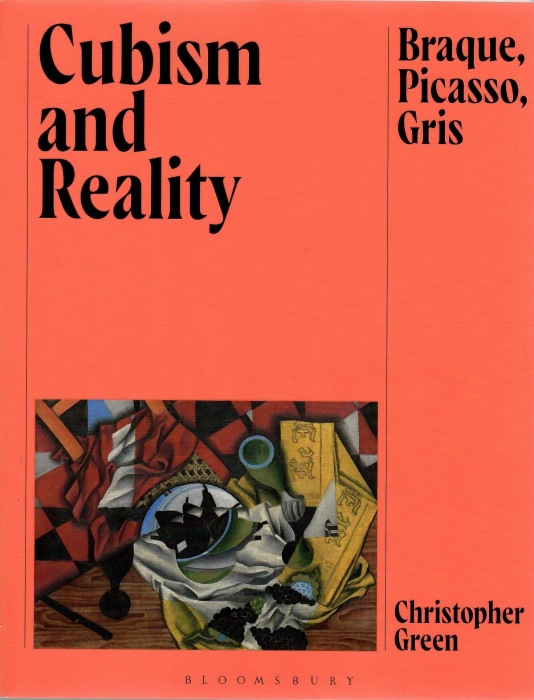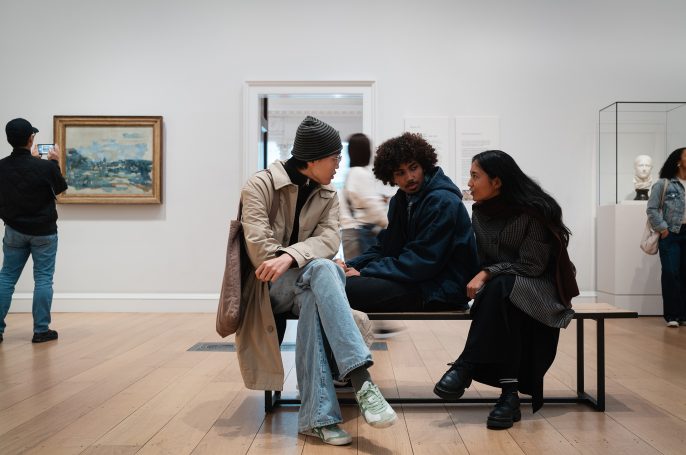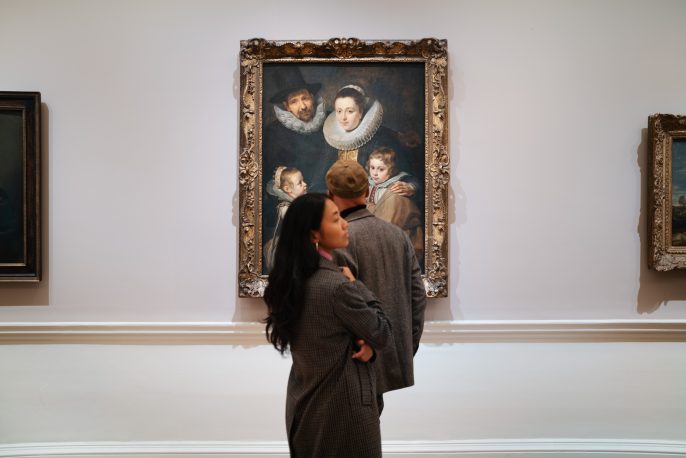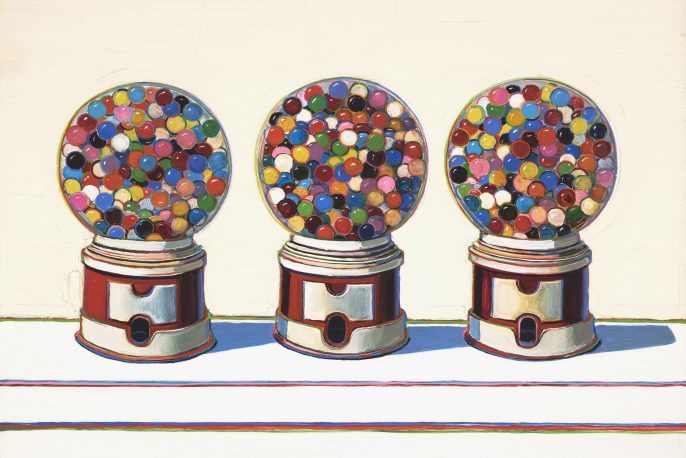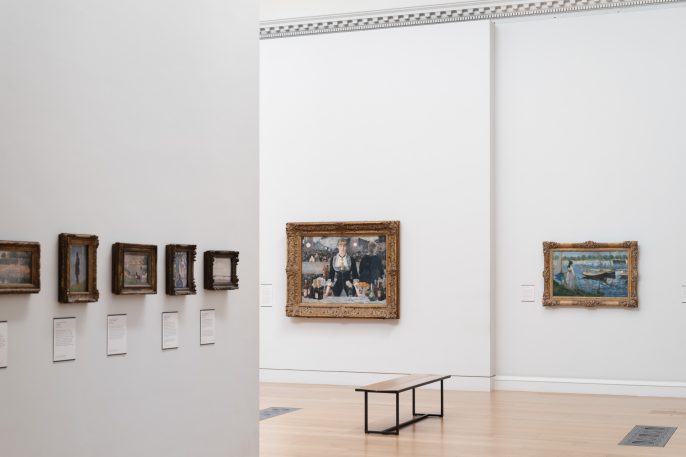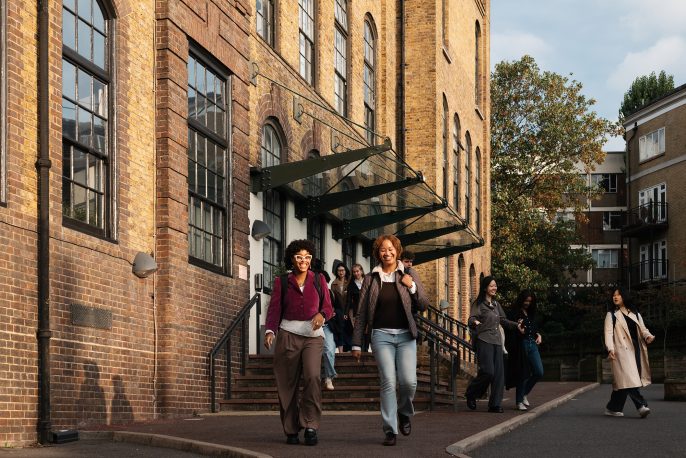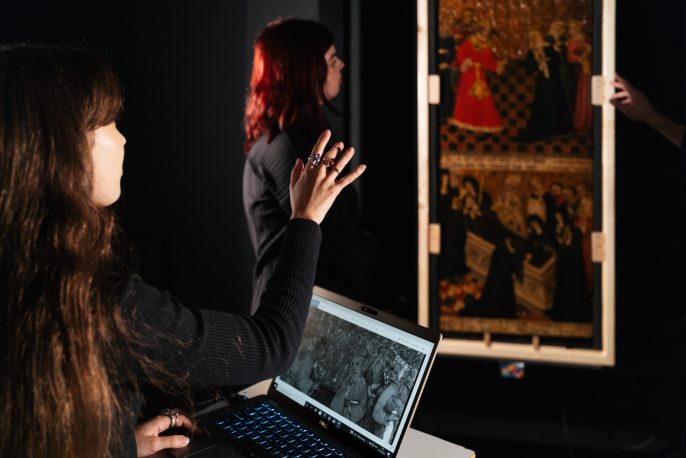The painter-art historian John Golding was supervisor of Christopher Green’s Courtauld doctoral thesis (1973). Golding’s Cubism. A History and Analysis (1959) came out of his own Courtauld doctoral thesis. He was one of the first to teach Modern and Contemporary at the Institute. Green’s new book stems from a critical re-evaluation of his responses to Cubist artworks as a student of Golding. It raises challenging questions.
In the 1960s, Cubism was directly relevant to contemporary art. In 2000 it became an historical phenomenon of the last Century, increasingly detached from the concerns of artists using mechanical reproduction, or those taking collage and assemblage into installation, conscious more of Dada/Surrealist precedents. Analyses of Cubist artworks, moreover, are no longer shaped by Greenbergian formalism; now they are much more “read” than visually analyzed. Semiological and contextual approaches have taken over. Then too, Cubism has become a fixture in canonical art history and has spawned a vast, intimidating historiography.
Out of a long familiarity with that historiography, Green’s book presents a fresh look at Braque, Picasso and Juan Gris alone, treating their works as never conclusive statements in an ongoing conversation, a radical trialogue. A starting point is Picasso’s statement: “Cubism was fundamentally a base kind of materialism.” Cubist drawings, paintings and constructions are approached as hand-made objects, objects, however, that are always representations of things, people and places from these individuals’ daily life. Research alongside conservators has been key. Central among the questions raised is the issue of Cubism’s relationship to abstraction, and painting’s place in industrialized modernity now and then. Green’s book argues that what mattered to Braque, Picasso and Gris was the representation of more not less ‘reality’, and also the survival of figurative art in the face of the challenge of mechanical reproduction.
Organised by Gavin Parkinson, Professor in European Modernism, Courtauld Institute.
Speakers:
Christopher Green is Emeritus Professor of the Courtauld Institute, and is a Fellow of the British Academy. Among his books are: Cubism and its Enemies: Modern Movements and Reaction in French Art, 1916-1928 (1987, winner of the Mitchel Prize for 20th Century art history), Art in France, 1900-1940 (2000), and Picasso: Architecture and Vertigo (2005). Among the exhibitions he has curated, whose catalogues he has edited are: Modern Antiquity: Picasso, de Chirico, Léger, Picabia (Los Angeles: J.Paul Getty Museum, 2011), Mondrian/Nicholson. In Parallel (Courtauld Gallery, 2012), and Cubism and War. The Crystal in the Flame (Museu Picasso, Barcelona, 2016-17). His co-curated exhibition Henri Rousseau. The Secrets of a Painter (Barnes Foundation, Philadelphia) opens this October.
Dr Caroline Levitt (MA 2005; PhD 2009) is Senior Lecturer, specialising in 19th and 20th century art and literature, especially (though not exclusively) in France. From 2021 to 2025, she was Head of the History of Art department, and prior to that she was head of the Graduate Diploma programme.
Dr Charles Miller, known professionally as C.F.B Miller, is Senior Lecturer in Art History and Theory at the University of Manchester, and author of Radical Picasso. The Use Value of Genius (University of California Press, 2022).
Gavin Parkinson is Professor of European Modernism at the Courtauld Institute. He has published numerous books, essays and articles, mainly on Surrealism. His books are Picasso: The Lost Sketchbook (Clearview Books 2024); Robert Rauschenberg and Surrealism: Art History, ‘Sensibility’ and War (Bloomsbury 2023); Enchanted Ground: André Breton, Modernism and the Surrealist Appraisal of Fin-de-Siècle Painting (Bloomsbury 2018), Futures of Surrealism (YUP 2015), Surrealism, Art and Modern Science (YUP 2008), The Duchamp Book (Tate Publishing 2008) and the edited collection Surrealism, Science Fiction and Comics (LUP 2015).
